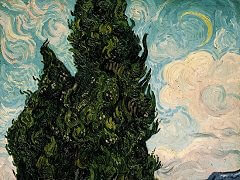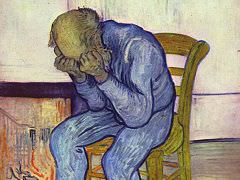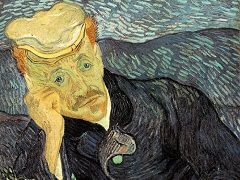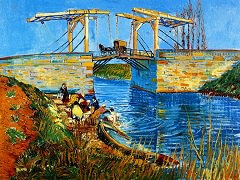The Stone Bench in the Garden, 1889 by Vincent Van Gogh
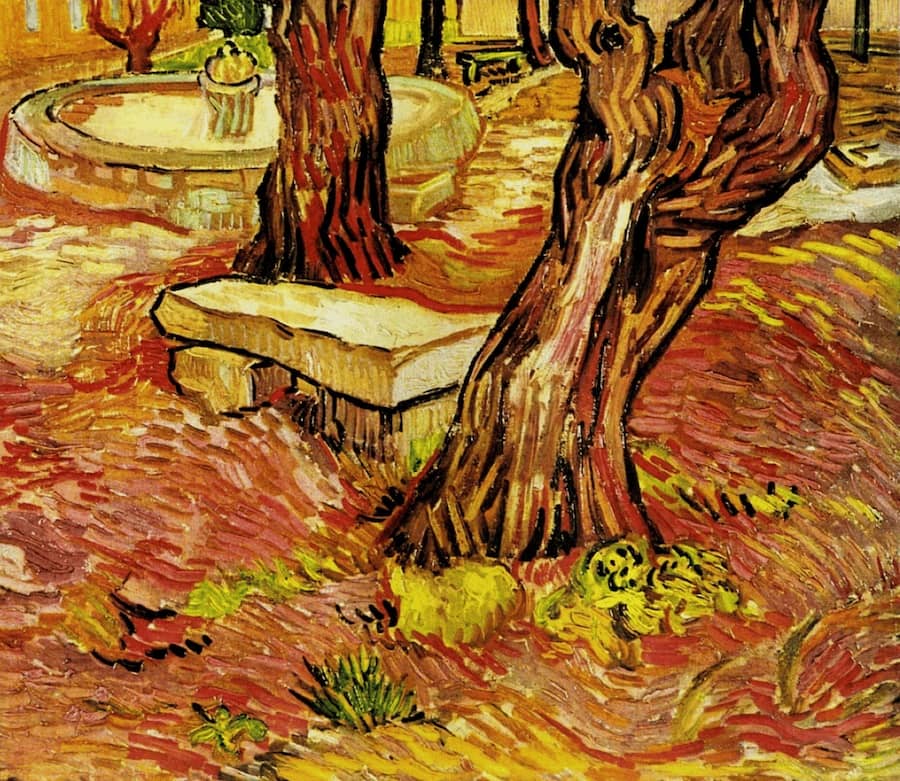
By the autumn of 1889 Van Gogh hod wearied of asylum life and longed to leave and return to the north. His illness, which was variously described as epilepsy, schizophrenia and acute mania, had not improved. In fact, during the course of 1889 he had become progressively worse and his attacks more frequent. From correspondence between Van Gogh and Theo it seems that Dr Peyron did little to further his understanding of the artist's condition and gave him sparse treatment. The asylum had become unbearable to Van Gogh and the constant clamour of the other patients, the lack of social or artistic inspiration and the ceaseless depression compounded his urge to leave. In November, the month of this painting, Dr Peyron advised Van Gogh that he was too unstable to leave and suggested that he spent the winter there before reviewing the situation the following spring. It must have been a devastating blow, and this picture done in the asylum gardens reflects something of this desolation. It hos a strange perspective and no horizon, which makes it oppressive and emphasizes Van Gogh's own feelings of being trapped.













